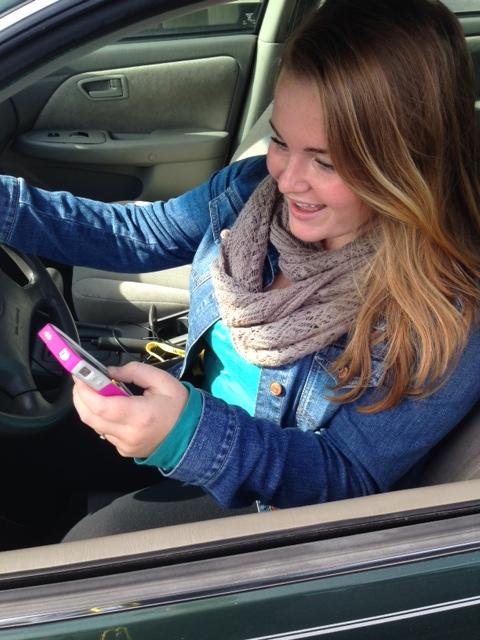“Nearly half of all U.S. high school students aged 16 years or older text or email while driving,” according to the Center for Disease Control (CDC). Meanwhile, only 54% of high school students reported in 2011 that they always wear seat belts when riding with someone else.
In addition, according to Scituate High School’s own Youth Risk Behavior Survey conducted by the Health and Wellness Dept., 27% of students aged 14-18 years had never had a drink of alcohol in 2011, meaning that in 73% had sipped alcohol before. In 2013, the majority of Scituate High School students (53%) still had taken a drink before. While the numbers are less striking for teens in Scituate, high schoolers across the country are clearly taking part in risky behaviors or putting themselves in unsafe situations.
Among teenagers, the riskiest of behaviors known include unsafe driving and illegal use of alcohol and other substances. The CDC and other statistical reporters have declared motor-vehicular crashes the leading cause of death among teens. Alcohol hinders coordination and judgment skills, which are reportedly already lacking or underdeveloped in adolescents by nature alone. But why are these judgment skills lacking? Why do teens appear to take more risks—whether by unsafe driving, drinking, or even procrastinating academically—than other age groups?
Biologically, the human brain undergoes major changes at puberty. One theory known as “reward deficiency syndrome” suggests during adolescence, people become more and more sensitive to stimuli, and thus seek heightened experiences. Seeking heightened experiences may be dangerous in itself, or may be destructive in other aspects of life. SHS students in the Health and Human Development class think that both environment and biology affect adolescents’ decision-making.
Results of descriptive statistics from the International Conference on Education, Research and Innovation (IPEDR) showed that 53% of high school students and 61% of graduates reported to be a frequent academic procrastinator in 2011. Adolescent students may be distracted from important work by their “sensation-seeking.” Freshman Emily Donovan recognizes the tendency towards procrastination that plagues most high schoolers. “I get distracted by my phone when I don’t feel like doing projects,” Donovan said..
Unfortunately, teenagers often seek those experiences in dangerous or less productive outlets. Even more often, teens are not aware of what they are doing to themselves. The need to keep up with peers overwhelms caution. With access to cellphones and other electronic devices, teens are especially likely to feel pressured to respond to a text or tweet while driving.
The dangers of distracted-driving are clear from the statistics alone. CDC reports said that “each day in the United States, more than nine people are killed and more than 1,060 people are injured in crashes that are reported to involve a distracted driver.”
However, if adolescents can seek constructive outlets for their need to experience new stimuli, they can channel their energies into safer and even more rewarding activities. High schoolers from Scituate report that they can find such experiences in safer environments, such as school-sponsored events, clubs, and activities. Investing time in team or club, or going to cheer on others at high school events may be the answer.
